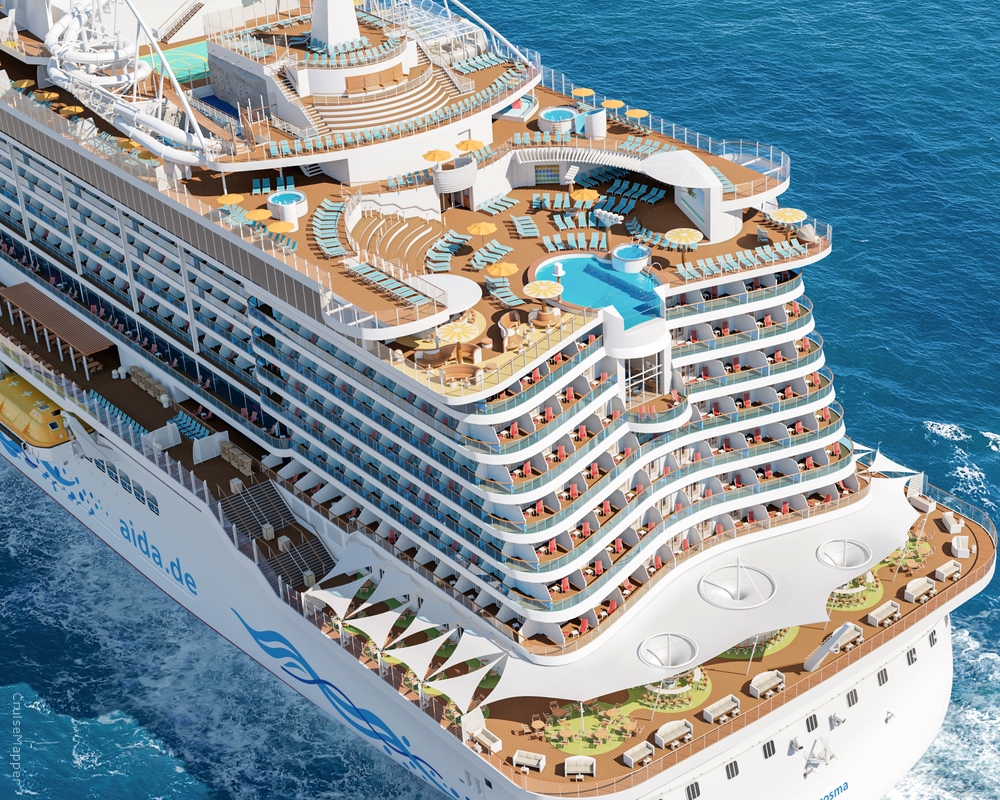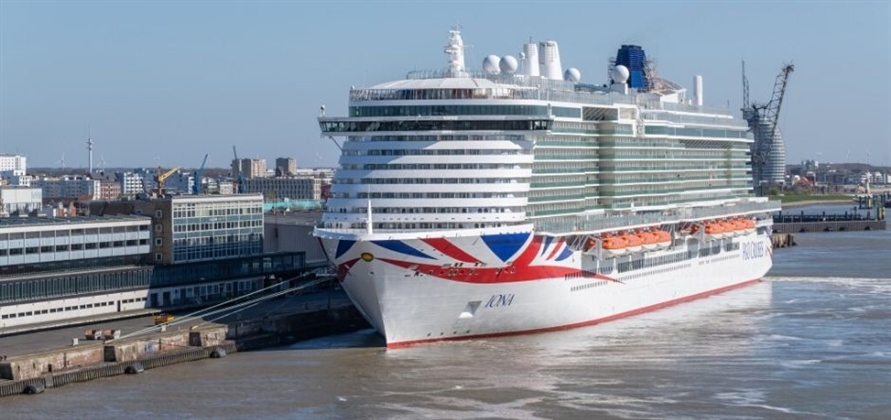Carnival Corp. CEO: Demand should be 'more than adequate' at the restart

Carnival Corp. expects demand to be "more than adequate to fill ships in a staggered restart," said CEO Arnold Donald during a business update call with analysts.
Donald said he was not concerned about achieving this without substantial bookings from the new-to-cruise market, because two-thirds of its global guests, 8 million each year, are repeat cruisers. He said Carnival Corp. has an active database of nearly 40 million past guests, and the average frequency of cruisers to repeat is every two to three years.
"Clearly cruise will not come back all at once," Donald said. "We intend to resume with a small percentage of the fleet, which inherently makes us less reliant on new-to-cruise in the early days."
As opposed to other down cycles, the limited capacity will help achieve stronger pricing when cruising initially resumes.
"Historically we had only two levers to pull in a down cycle: occupancy and rate," Donald said. "In this environment, we'll have a third: capacity."
Donald said Carnival is very encouraged by the booking patterns it is seeing. He said that this week, when it announced that Aida Cruises would resume service in Germany in August, it had over 1,000 bookings in one day, "taking up a significant portion of the first sailings and on a very short notice period."

He said forward bookings include not only a number of future cruise credits (FCCs) but "substantial new bookings and even new-to-cruise bookings, which given the current state of the environment in the world is really a good testament to how strong a vacation experience and value cruising really is."
When asked if brands that were more badly tarnished by the media attention on cruise ship outbreaks in the early days of the pandemic, such as Princess, were being disproportionately affected in terms of consumers' preference, Donald said the line is "trending with all the other brands in the industry."
In fact, he said that none of the brands in the industry had reached what he called "the trough" of 2012 or 2013 when a number of negative, high-profile incidents. such as the engine room fire on the Carnival Triumph and the sinking of the Costa Concordia, rocked the cruise industry and Carnival Corp. specifically.
"None of the brands in the industry, ours or others, have gone to the low levels that we experienced at that time," he said. "The trough in this period has been higher than the trough in that period.
"So there is a lot of pent-up demand, a lot of latent demand," he continued. "That doesn't mean we don't have work to do once we start cruising with much larger volumes of capacity to attract new to cruise. Of course, we will have work to do, but right now the brands are strong, the bookings are encouraging, and with the staggered start we're going to have in the resumption of cruising, there should be plenty of pent-up, latent demand with previous cruisegoers to fill the ships."
Donald also said that having national brands in its portfolio is "clearly an asset" in this situation because as nations reintroduce social gathering and cruising, they are "most likely initially to restrict reactivation to their own residents exclusively."

P&O Iona waiting for delivery.
Carnival's German brand sources 95% from Germany; P&O UK is 98% British-sourced; Costa Europe is 80% continental Europe-sourced; P&O Australia is more than 99% sourced from Australia and New Zealand, and Carnival Cruise Line is 92% U.S.-sourced, Donald said.
"We are very well positioned," Donald said. "Additionally, the fact that these brands are characterized by ready access, with the drive-to market and prevalence of shorter duration cruises, strengthens the possibility for success in today's environment."
Donald said that in general, longer cruises such as world cruises are not booking as well as shorter ones, which he said makes sense given the uncertainty of whether ports are open or closed in different regions.
For the second quarter, which ended May 31, Carnival reported a loss of $2.4 billion on revenue of $740 million, compared with $451 million in net income on $4.8 billion in revenue during the same period in 2019.

2021 bookings
As of June 21, Carnival reported that approximately half of the guests on cancelled cruises requested cash refunds. The company also said that despite substantially reduced marketing and selling spend, it continues to see new 2021 bookings.
During the first three weeks in June, almost 60% of 2021 bookings were new bookings, Carnival said, with the remaining booking volumes from guests applying FCCs to specific future cruises.
Advanced 2021 bookings are currently within historical ranges at prices that are down in the low- to the mid-single-digits range, which included the negative yield impact of FCCs and onboard credits applied.
Carnival said the majority of its customer deposits of $2.6 billion are in FCCs, and $121 million in third-quarter sailings and $353 million in fourth-quarter sailings.

No comments:
Post a Comment